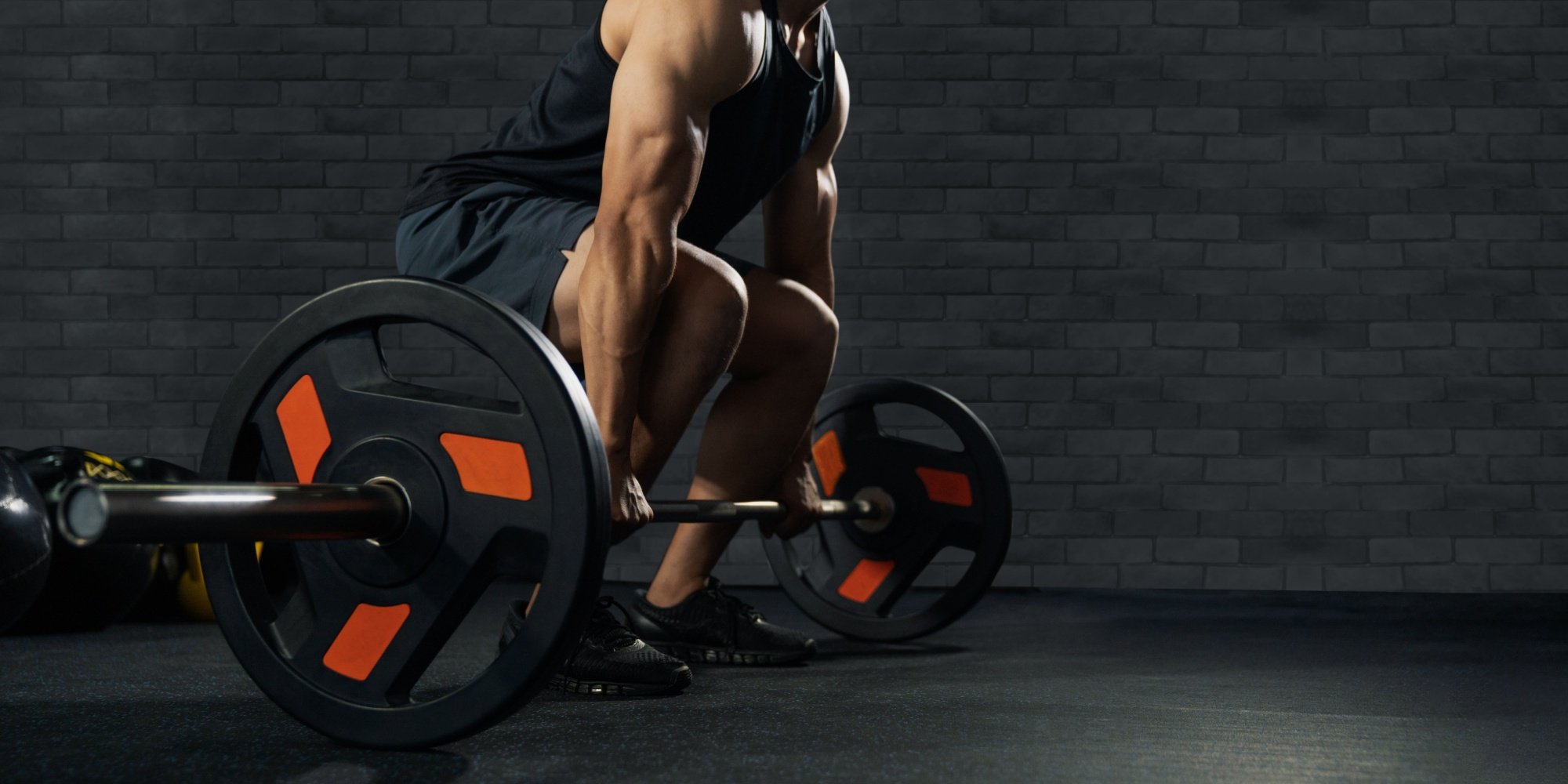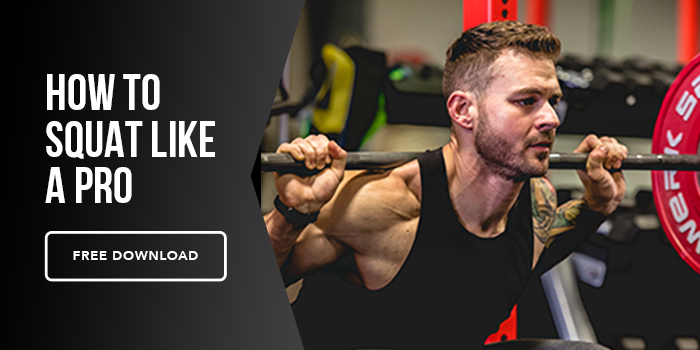You know the lifts. Squat. Deadlift. Bench. Lunge. Row. Press.
They’re the bread and butter of strength training… and also the peanut butter — because most people are just smearing them on without much thought.
Everyone thinks they’re doing them right. After all, you’ve been squatting since high school football. You’ve benched every Monday since the Bush administration. And you haven’t spontaneously combusted yet, so how bad could it be?
But here’s the truth: familiar doesn’t mean effective.
Many lifters are leaking gains, stalling progress, and flirting with injury — all while performing the same movements they swear they’ve “mastered.”
So, let’s revisit the classics — not to glorify them, but to clean them up. Because the lifts haven’t changed. But your understanding of them absolutely should.
The Bench Press: It’s Not a Bounce Test
Let’s start with everyone’s favorite.
The bench press is a phenomenal compound movement — when it’s done with control. But walk into any gym and you’ll see:
- Eccentrics that are way too fast
- Elbows flaring like a baby bird learning to fly
- An unwavering commitment to lowering the bar to the chest, no matter how awful it looks getting there
Let’s address that last one.
Range of Motion ≠ Universal
The idea that everyone must touch the bar to their chest is flawed. Not everyone has the shoulder structure, humeral length, or scapular mobility to do so safely. For some, that last inch of ROM introduces more passive tension and joint stress than muscle stimulus.
Instead, find your active range of motion:
-
Lie on a bench. No weight.
-
Lower your arms like a bench press. Stop the descent just before your shoulders shrug forward or lose control.
-
That’s your usable range — the point where the pecs are still generating force without dumping tension into the joint.
Train within that range, not beyond it. More ROM isn’t always better. Especially when it’s not yours to begin with.
The Squat: Depth Isn’t a Moral Issue
If bench press is where egos thrive, squats are where they go to die.
Most squat issues trace back to two extremes:
-
Too shallow (ego-driven, quarter-rep champs)
-
Too deep with no control (butt wink, spine rounding, knees collapsing)
Here’s the key distinction: depth is not about toughness. It’s about joint availability and load tolerance.
If you’re rounding at the bottom, losing lumbar integrity, or your pelvis is tucking under like a scared dog, you’re not “hitting depth.” You’re just offloading tension to places you don’t want it to be.
Common causes:
-
Poor ankle dorsiflexion (limits forward knee travel)
-
Hip impingement or poor pelvic control
-
Lack of core bracing and spinal stiffness under load
Address those — not by forcing depth, but by improving mobility, stability, and control.
And if you need to reduce range of motion while working on that? That’s not “cheating.” That’s earning your range, not borrowing it.
The Lunge: Stop the Rest-Pause Reps
Lunges are great for unilateral strength, stability, and building serious quads and glutes — if you’re actually loading the working leg.
But the popular alternating lunge pattern? That’s basically a disguised rest-pause set.
Every time you switch legs, the just-trained limb gets to rest. That reduces intra-muscular tension, drops metabolic stress, and blunts the overall hypertrophic stimulus.
There’s a time and place for alternating lunges — especially if:
- You’re new to training
- You're moving for general fitness
- You just like them more and it keeps you consistent
But for muscular development? Do one leg at a time. Reps stay high-tension. You stay locked in. And your quads/glutes don’t get to phone it in between reps.
Bonus: this applies to step-ups, too. Alternating looks cool. Staying on one leg feels awful — and that’s how you know it’s working.
The Deadlift: It’s Not a Stretch
Deadlifts are another misunderstood classic.
They’re not just about picking things up. They’re about positioning, tension, and force transfer.
The problem? Most people turn the deadlift into a glorified hamstring stretch. The bar drifts forward, hips shoot up first, and the spine rounds because tension is lost before the pull even starts.
Some quick fixes:
- Treat the setup like a leg press — you should feel your quads loaded at the bottom
- Keep the bar close — shaving-your-shins close
- Create whole-body tension before the lift — don’t wait until you’re halfway up to “get tight”
- Control the eccentric — don't just drop the bar like it wronged you
And if conventional doesn’t feel good for your build? Try RDL’s or a Trap Bar Deadlift. Deadlift variations aren’t regressions — they’re fitting the pattern to your structure.
The Row: What You Need to Know
Barbell rows. Dumbbell rows. Cable rows. All great… and all frequently butchered.
Rows are meant to build the lats, traps, and rhomboids — not your lower back’s pain tolerance.
Here’s what goes wrong:
- Using the entire body to yank the weight
- Turning every rep into a hip hinge
- No controlled eccentric
- No scapular retraction — just arm movement
Instead:
-
Brace like you’re about to be punched in the gut
-
Focus on the scapula moving the load, not just the elbow
-
Pause at peak contraction — own the position
-
Lower under control — most people rush the eccentric and lose half the benefit
Think of rows less like “pull the weight” and more like “shorten the back musculature against resistance.” That shift alone changes the entire output.
It's Not the Exercise — It’s How You Perform It
Foundational lifts aren’t sacred. They’re tools.
And tools only work when used correctly. Most people don’t need new movements — they need new attention to detail.
That means:
-
Understanding your individual structure
-
Respecting active range of motion
-
Prioritizing tension over momentum
-
Using regressions or alternatives when needed
-
And chasing quality, not just quantity
You don’t get bonus points for doing a back squat when a heel-elevated trap bar squat suits your mechanics better. You don’t get hypertrophy from hitting depth if your pelvis is tucking and your lumbar spine is screaming. Good training isn’t about tradition. It’s about outcome.






